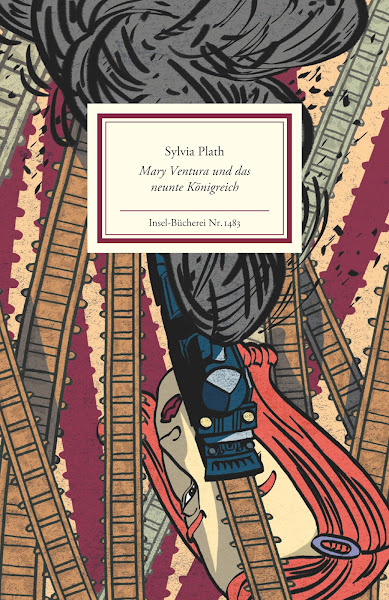âDie Glasglockeâ is an enthralling novel. Society criticism, which is undoubtedly more extensive than my two examples demonstrate, has influenced me less than the fact that I always had the feeling that I was reading about Sylvia, rather than Esther. There is a scene in the book that demonstrates this clearly: Esther settles in and begins writing a novel, naming her protagonist Elaine, a female name that also contains six Buchstabs, similar to how Sylvia settled in and named her protagonist Esther. The book was published in 1963; the same year, Plath committed suicide by using a method not described in the book. Alle Todesmethoden, die sie in der Glasglocke einführte (zu Tode rasen, Erhngen, Erschiessen, Durchschneiden von Pulsadern, Ertrinken, Tabletten), funktionieren nicht oder sind unsicherâ When Plath wrote this novel, she must have foreseen her own demise; indeed, she may have used this novel as a kind of spiritual preparationâ. Spekulation, ich weiß, aber das ist es, what ich am Hintergrund während des Lesens dachte und was die Lekt14re so intensiv gemacht has. **************************
Sylvia Plath's only work, The Bell Jar, was first published in 1963 under the pseudonym Victoria Lucas. The work, which is inspired in part by Plath's own life and decline into mental illness, has become a contemporary classic. The Bell Jar has sold millions of copies worldwide due to its darkly humorous and razor-sharp portrayal of 1950s society.
The St14ck would have been h14bsch to read in a Feuilleton or a Periodical; it is unlikely that it would have been very noteworthy either literarically or substantively. Seine Bewunderung gründet auf der Tatsache, dass die erst dreijhrige Verfasserin ihre beiden Kinder, Frieda und Nicholas, nur Wochen nach der Niederschrift, am 11. Februar 1963, in ihre Bettchen im Kinderzimmer geffnetem Fenster legte, um den Kopf in der luftdicht abgeklebten K14che in den Gasherd zu stecken. Lazarus, Lady
However, as the story progresses, Esther â who shows to be a lovable, self-deprecating narrator â struggles with the flash and shine that others want. Her stay in New York is not without incident, as a series of episodes ranging from the entertaining (there are some unexpectedly comic moments) to the horrifying begin to deteriorate Esther's mental state. To state that The Bell Jar is about Esther's deteriorating mental health does not give too much away. The Bell Jar's appeal, however, stems in part from the fact that Esther, speaking in the first person, never explicitly states, âthen I became insane.â Rather than that, Plath â via Esther â presents a precise, comprehensive, and horrifying portrayal of Esther's loss of sanity through matter-of-fact descriptions. Her psychotic âbreaksâ are not named. Rather than that, Esther presents both the real and the unreal in the same way, creating a schism between the two.
















